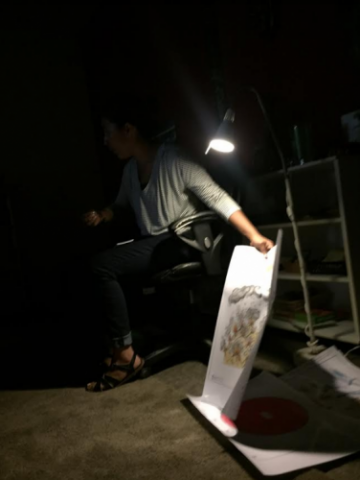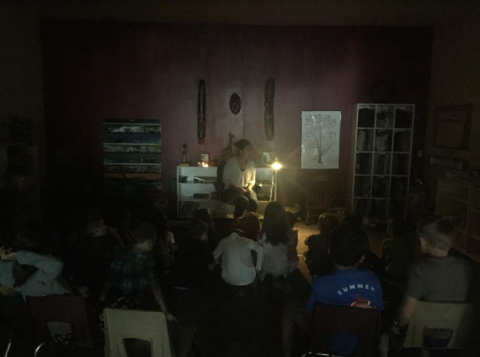2018 All School Assembly
Each year we attempt to come together as an entire school at least twice per year. We begin each year with a gathering for International Day of Peace, where we meet on the green space to sing together before walking the campus to see the prayer flags made by each student at MCS. Typically, our second gathering is in the gym and consists of some kind of science or cultural presentation. This year was especially enjoyable! This morning we had the pleasure of hosting Ballet Folklorico Quetzalcoatl, a local Mexican Folk Dance group, for our 2018 All School Assembly. The group presented a variety of dances, music and costumes, all of which were delightful!
The first number was called Son Jarocho, is from Veracruz and is the main manifestation of the veracruzana party, whose origin is a mixture of Spanish airs influenced by African rhythms, executed with jarana, requinto and harp among others. The typical attire, which we were able to see today, consists of wide and white skirt with lace, blouse with white tulle blanket, black apron decorated with flowers, necklaces, a laced fan, rebozo, white shoes and a red ribbon headdress with red and white flowers for women. The men wear trousers, guayabera, white hat and shoes, with a red scarf on the collar adjusted with a ring.
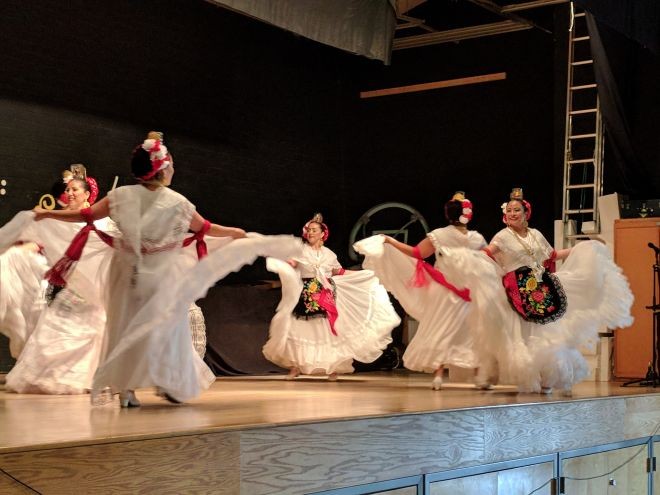
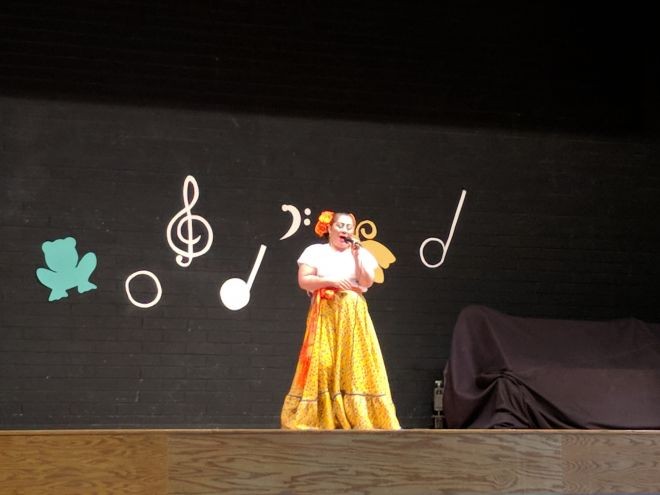
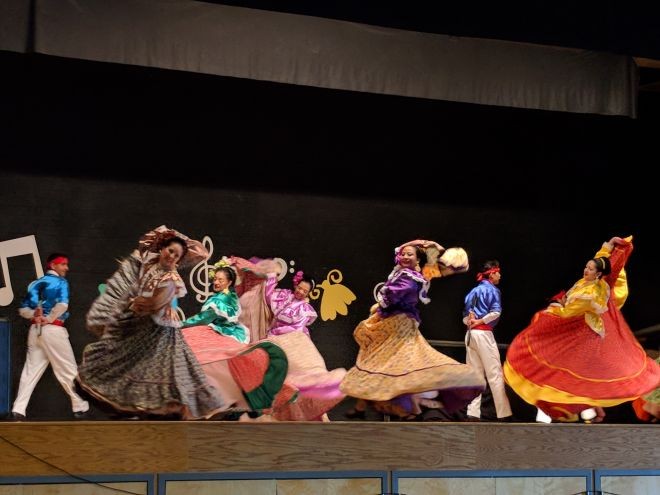
Among today’s numbers, several were from Nayarit, located on the coast line of the Pacific Ocean. There are several types of Nayarit songs, all representing ancient native music, filled with theatrics in costumes and dance. Impressively, the women danced with bottles atop their heads and the men with machetes! The machetes were a crowd pleaser, to say the least.
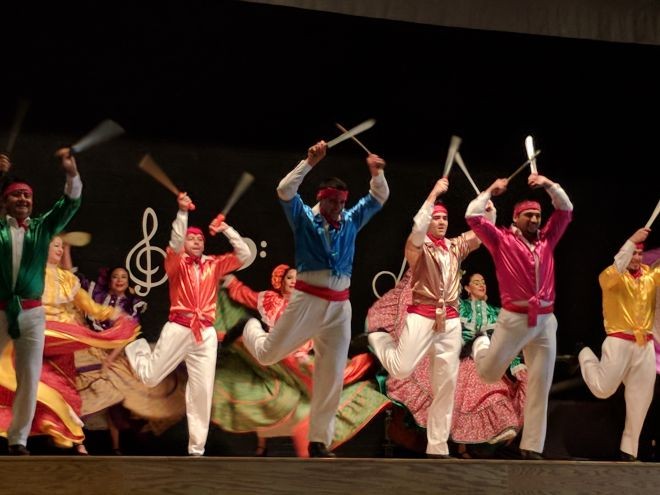
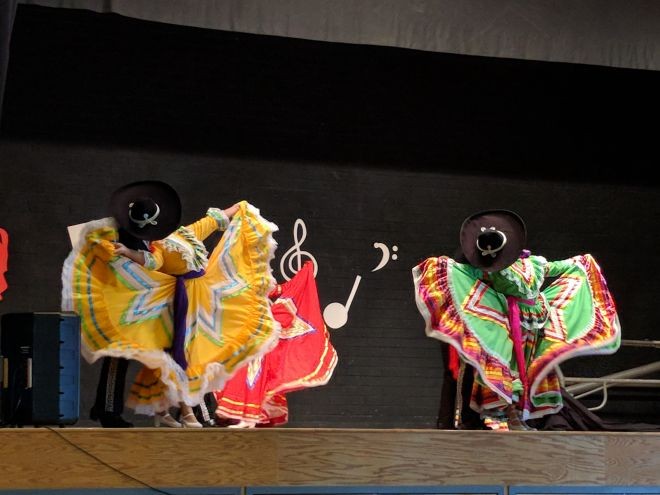
Today’s dancers represented Jalisco, located in the western part of Mexico. These songs are popular melodies that people can sing and dance to. Originating from the mix of Spaniard and Native music, the harmony is rhythmic, loud, and at contreremps, expressing the vitality that caracterizes the people from it’s region.
All in all, this cultural presentation was extremely satisfying, so much so that many of our toddlers found themselves off their seats and dancing to the beat. While it can be a feat to gather our entire school in one place all at the same time (and even more of a challenge to find a presentation that satisfies children ages 1 to 12) we were overly pleased with today’s performance and the opportunity we had to gather together as a school.
